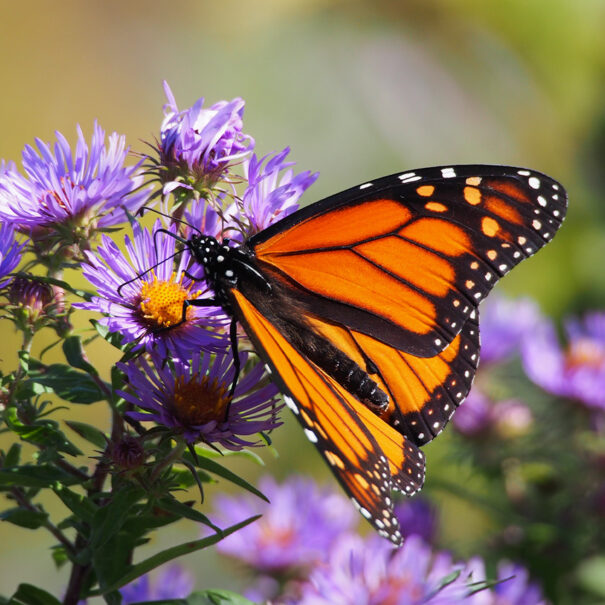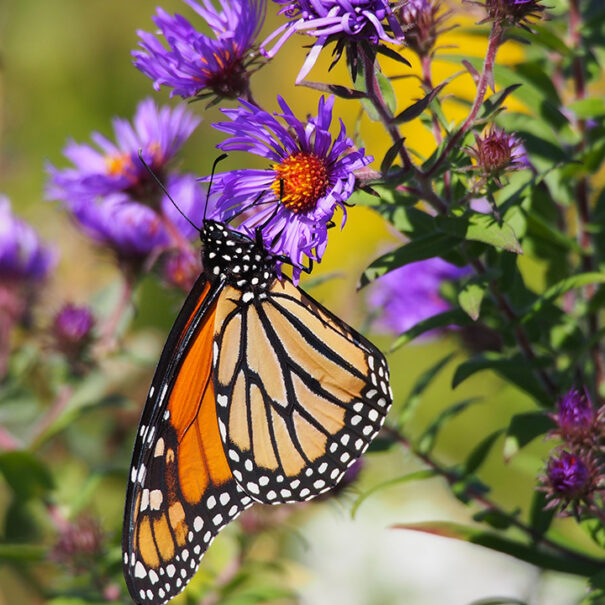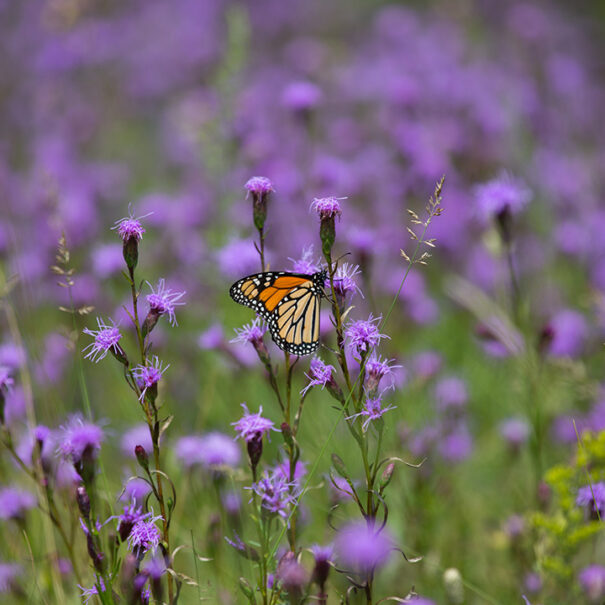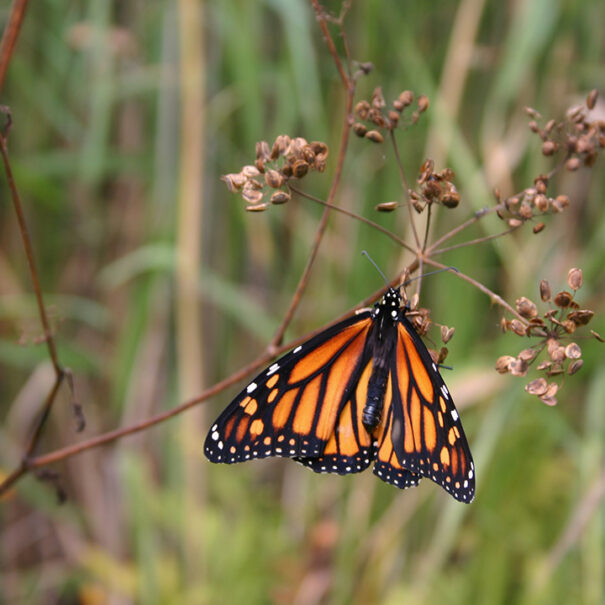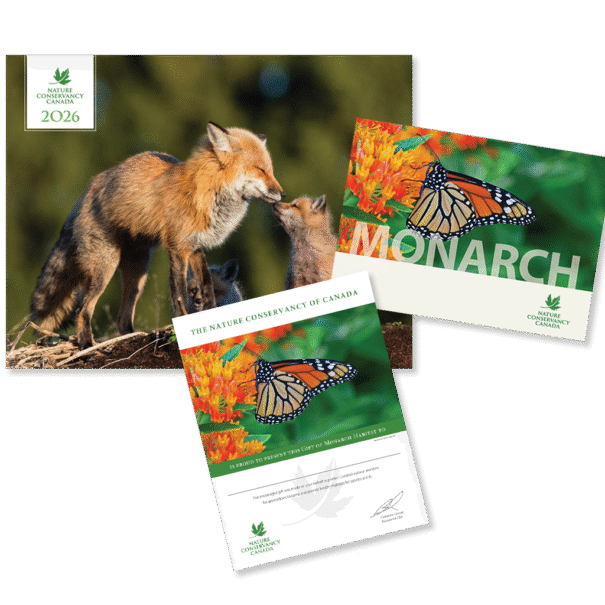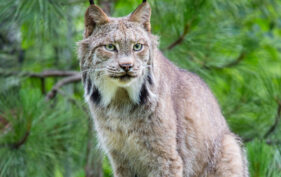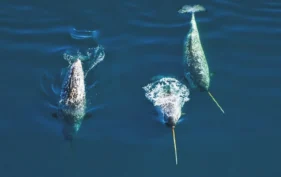Monarch
Monarchs were assessed as endangered by the Committee on the Status of Endangered Wildlife in Canada due to their rapidly declining population. The Nature Conservancy of Canada has been restoring breeding, feeding and stopover habitats for monarchs across Canada. With this symbolic gift of monarch habitat, you can help ensure the survival of this insect.
Gift details
Digital download includes:
- Digital species booklet
- Digital full-colour certificate
- Informational video
Physical package includes:
- 2026 NCC calendar
- Species booklet
- Full-colour certificate
Need to ship to multiple addresses? Visit the FAQ page for more information.
Your Gift in Action
Your gift will conserve critical habitats and ensure a future for species at risk. It will also build healthier, more resilient ecosystems that provide essential benefits and services to people and their communities, while countering the effects of climate change and biodiversity loss.
Since 1962, NCC has brought Canadians together to conserve and restore more than 15 million hectares, coast to coast to coast. But we must do more faster and accelerate the pace of conservation. Every gift and donation counts.
Monarch
Monarchs were assessed as endangered by the Committee on the Status of Endangered Wildlife in Canada due to their rapidly declining population numbers: from over one billion in the late 1990s to just 200 million in 2015–2016.
Monarchs follow a 3,000-kilometre migration route between their breeding grounds in Canada and their overwintering sites in Mexico. They tend to congregate in large numbers along the coasts of the Great Lakes, Gulf of St. Lawrence and Nova Scotia. But they breed only in habitats where milkweed grows, as it is the only plant that monarch caterpillars feed on. Asters and goldenrods are also important, as they provide nectar during the fall migration.
These butterflies, with their bright orange and black wings dotted with white spots (and a central black spot on each hind wing for males), are threatened by habitat fragmentation and degradation, as well as the loss of milkweed and nectar plants. Also, climate change is increasing the frequency of extreme weather events that can negatively impact this species.
The Nature Conservancy of Canada has been restoring breeding, feeding and stopover habitats for monarchs across Canada. With this symbolic gift of monarch habitat, you can help ensure the survival of this butterfly.
Photo 1: Photo by Mary Gartshore. Photo 2: Photo by Mary Gartshore. Photo 3: Photo by Cameron Curran. Photo 4: Photo by NCC

